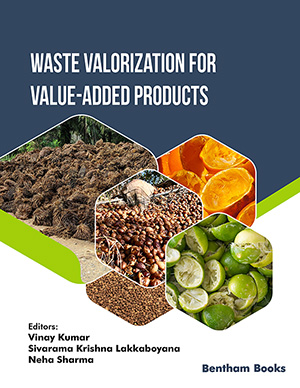
Abstract
The idea of designing novel anti-amyloid therapeutic agents has generated a lot of scientific interest and the potential for treating a variety of human pathophysiologies, such as neurodegenerative and non-neuropathic diseases linked to amyloid protein aggregation. To address this, different small molecules, peptides, surfactants, nanomaterials, etc., have been thoroughly investigated to learn more about their antiamyloidogenic capabilities, offering a great deal of potential for them to show up as future anti-amyloidogenic agents. In contrast to existing smallmolecule analogues, polymers have been envisaged as promising anti-amyloid agents for treating these diseases because of their enthralling physicochemical features and simplicity of functionalisation. This review article emphasises the latest developments in the design of synthetic polymers such as amino acid-conjugated polymers, glycopolymers, zwitterionic polymers and so on reported in the last decade in modulating amyloid aggregation process. Additionally, the structural function and mechanism involved in modifying the aggregation process are highlighted in order to inspire the researchers even more and provide insight into this important field of study.
Keywords: Protein aggregation, Amyloid, Fibril inhibition, Therapeutic agents, Polymers, Anti-amyloidogenic agents.
 1
1



























